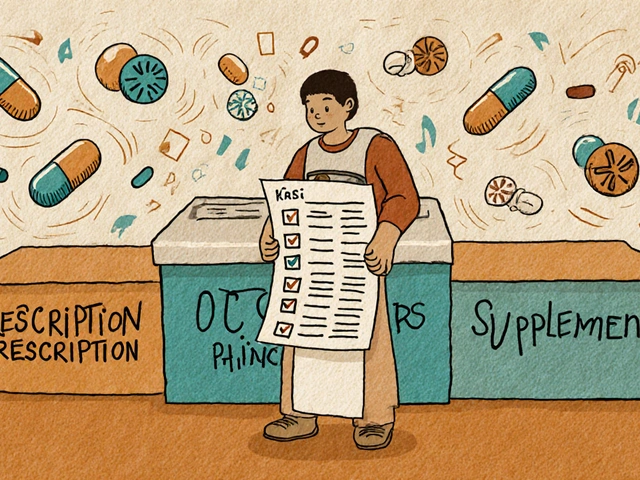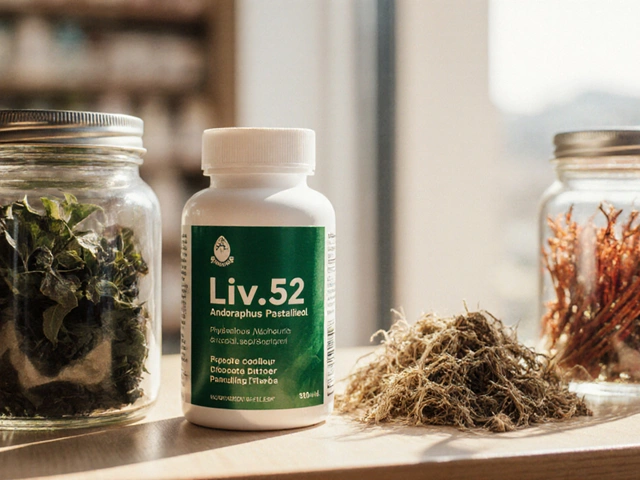Celiac Disease: What It Is, How to Spot It, and How to Manage on a Budget
If you’ve ever felt bloated after a slice of pizza or noticed stubborn fatigue, you might wonder if gluten is the culprit. Celiac disease is an autoimmune condition where the body attacks its own intestine when gluten is eaten. This reaction can damage the lining of the small gut, making it hard to absorb nutrients. The good news? Once you know the signs and get the right diagnosis, you can control symptoms with a gluten‑free lifestyle that doesn’t have to break the bank.
Common Symptoms and Red Flags
People with celiac disease show a wide range of symptoms. Classic signs include chronic diarrhea, weight loss, and stomach pain after meals. Some folks experience constipation, gas, or a feeling of fullness. Outside the gut, you might notice iron‑deficiency anemia, bone pain, or a rash called dermatitis herpetiformis. Kids often struggle with growth delays or frequent mouth sores. If any of these pop up and you eat gluten regularly, it’s worth paying attention. Remember, symptoms can be subtle, so trust your gut – literally.
Getting Tested and Starting a Gluten‑Free Life
The only reliable way to confirm celiac disease is through blood tests that look for specific antibodies, followed by an endoscopy if needed. Don’t try a gluten‑free diet before testing, because that can mess up the results. Once you have a clear diagnosis, the main treatment is a strict gluten‑free diet for life. That means cutting out wheat, barley, rye, and any hidden sources of gluten in sauces, soups, and processed foods.
Going gluten‑free doesn’t mean you have to spend a fortune. Shop the bulk aisle for naturally gluten‑free staples like rice, potatoes, beans, and frozen vegetables. Look for certified gluten‑free labels on packaged foods, but also compare unit prices – sometimes a regular brand with a “no wheat” claim is cheaper. Buying in bulk, using coupons, and checking local ethnic markets for inexpensive gluten‑free flours (like almond or rice flour) can save big bucks.
Meal planning is your secret weapon. Prep a week’s worth of meals on the weekend – think stir‑fry with rice noodles, grilled chicken, and a side of roasted veg. Cook extra and freeze portions for busy nights. Simple swaps, like using corn tortillas instead of wheat wraps, keep your menu fun without added cost. And don’t forget to read ingredient lists; many processed foods hide gluten in unexpected places like malt flavoring or modified food starch.
Living with celiac disease is a daily habit, but it doesn’t have to be a hardship. By recognizing symptoms early, getting proper testing, and mastering affordable gluten‑free cooking, you can protect your gut and keep your wallet happy. Stay curious, keep the pantry stocked with safe staples, and enjoy the freedom that comes from knowing exactly what’s fueling your body.

Rickets and Gluten-Free Diet: Exploring the Possible Link
An in‑depth look at whether a gluten‑free diet influences rickets risk, covering nutrition, celiac disease, and practical tips for families.




